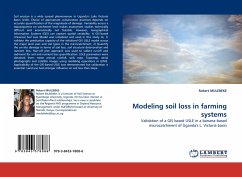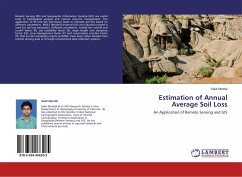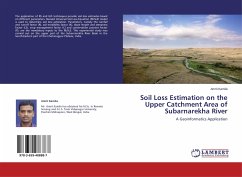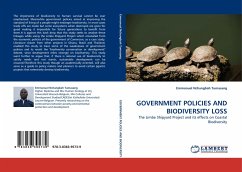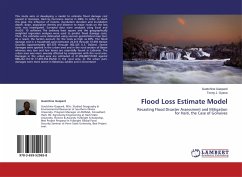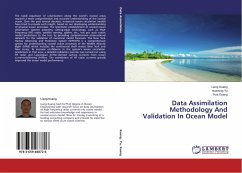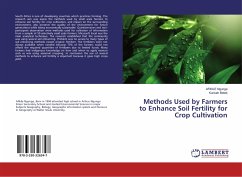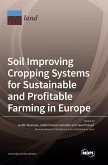Soil erosion is a wide spread phenomenon in Uganda's Lake Victoria Basin (LVB). Choice of appropriate conservation practices depends on accurate quantification of the magnitude of damage. Variability across a toposequence on catchment level makes assessment studies technically difficult and economically not feasible. However, Geographical Information Systems (GIS) can capture spatial variability. A GIS-based Universal Soil Loss Model was initialized and used in this study to; 1) validate the predicative capacity of the initialized GIS USLE model across the major land uses and soil types in the microcatchment, 2) Quantify the on-site damage in terms of soil loss, soil structure deterioration and nutrient loss. Run-off plot approach was used to collect runoff and sediment for soil and nutrient loss quantification. USLE parameters were obtained from: mean annual rainfall, soils map, Topomap, aerial photographs and satellite images using modeling operations in ILWIS. Applicability ofthe GIS-based USLE was demonstrated but calibration is essential. Land use had stronger influence on soil loss than slope.
Bitte wählen Sie Ihr Anliegen aus.
Rechnungen
Retourenschein anfordern
Bestellstatus
Storno

